They vanished from sight—but not from power.
Mountain lions are silently reclaiming the corners of North America where few humans dare to tread.
Dense forests, wind-battered peaks, endless canyons—these aren’t just wild places.
They’re comeback zones.
You won’t hear a roar.
You’ll barely catch a glimpse.
But in these remote stretches, big cats are stepping back into old territory with quiet determination.
Forget city lights and crowded trails.
This is mountain lion country now.
And if you’re lucky—or unlucky—you might just cross paths with a ghost of the wilderness.
Let’s explore the hidden strongholds where these elusive predators are rising once again.
Step carefully. They’re watching.
Yellowstone National Park
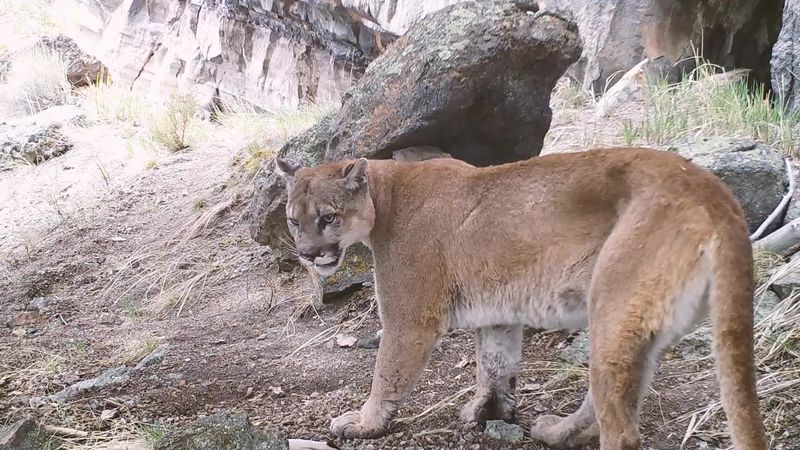
In the heart of Wyoming, Yellowstone National Park is a sanctuary for wildlife. The reintroduction of mountain lions here is a testament to nature’s resilience. These big cats roam freely amidst geothermal wonders.
Snow-capped peaks provide a stunning backdrop. The park’s vastness, spanning over 2 million acres, offers a perfect habitat for these elusive creatures.
Did you know? Yellowstone was the first national park in the world, established in 1872. Its diverse ecosystems support a rich tapestry of flora and fauna, making it an ideal home for mountain lions.
Banff National Park
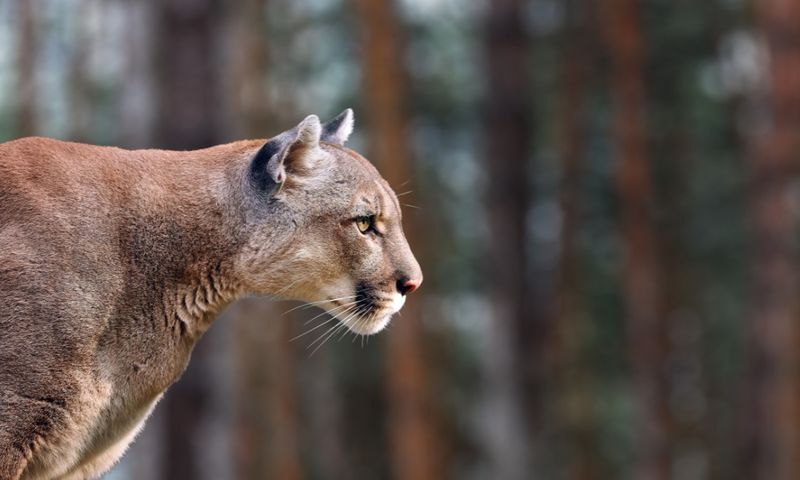
Nestled in the Canadian Rockies, Banff National Park is a gem of natural beauty. The return of mountain lions to this area is celebrated by conservationists.
The park’s rugged terrain and dense forests provide a haven for these predators. Towering peaks and crystal-clear lakes add to the park’s allure.
Founded in 1885, Banff is Canada’s first national park. Its commitment to preserving wildlife habitats ensures a thriving environment for mountain lions. Visitors might catch a glimpse of these majestic creatures as they explore the park’s scenic trails.
Big Bend National Park
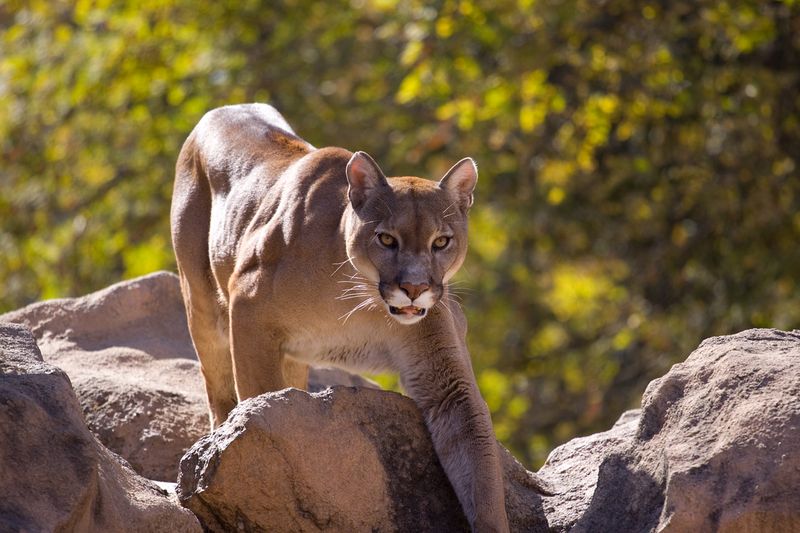
In the remote reaches of Texas lies Big Bend National Park. It’s a place where the desert meets the sky, creating a dramatic landscape. Mountain lions, or “ghosts of the desert,” are making a comeback here.
The park’s vast, arid terrain offers an ideal setting for these stealthy predators. Towering cliffs and winding canyons provide ample cover for hunting.
Established in 1944, Big Bend showcases the stark beauty of the Chihuahuan Desert. Its diverse ecosystems are home to a variety of wildlife, including the elusive mountain lion.
Glacier National Park
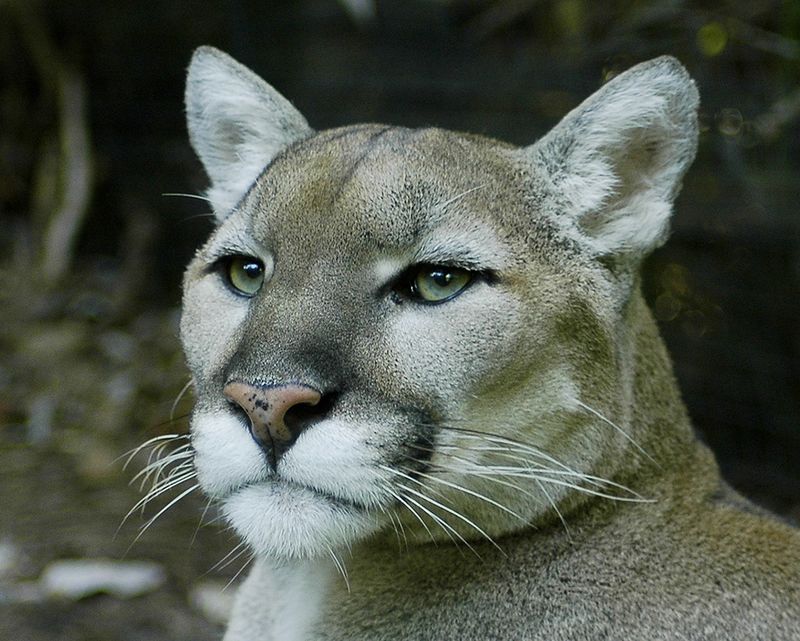
Glacier National Park in Montana is a paradise for nature enthusiasts. The recent resurgence of mountain lions here is a positive sign for biodiversity.
The park’s rugged mountains and lush meadows offer a perfect habitat for these predators. Glacial lakes and alpine scenery enhance its natural charm.
Established in 1910, Glacier is known as the “Crown of the Continent.” Its diverse landscapes support a rich variety of plant and animal life, including the stealthy mountain lion. Visitors may spot them among the park’s breathtaking vistas.
Great Smoky Mountains
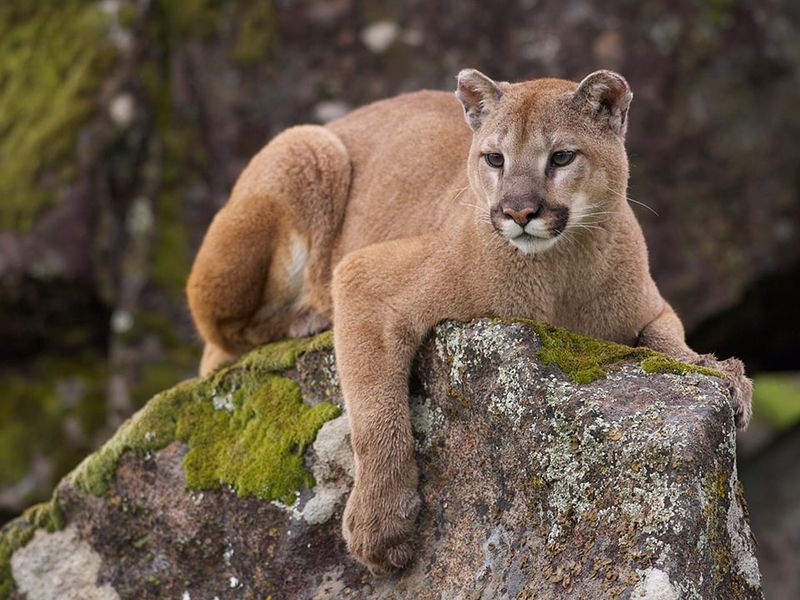
Straddling the border of North Carolina and Tennessee, the Great Smoky Mountains are a haven for wildlife. The return of mountain lions here is an exciting development.
The park’s misty forests and rolling hills create an enchanting backdrop for these predators. Abundant resources support their growing population.
As America’s most visited national park, the Great Smoky Mountains offer more than just stunning views. Its rich biodiversity and commitment to conservation make it a key area for the revival of mountain lions. It’s a symbol of hope for their future.
Denali National Park
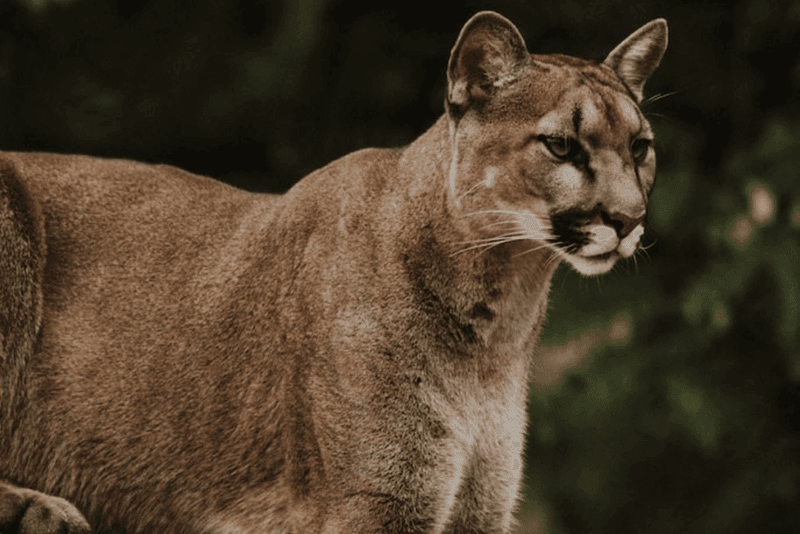
In Alaska’s wilderness, Denali National Park is a realm of untamed beauty. Mountain lions, amidst grizzlies and wolves, are reclaiming their place in this pristine environment.
The park’s sweeping tundra and towering peaks provide an unparalleled setting for wildlife. It’s a place where nature reigns supreme.
Denali, named after North America’s tallest peak, offers vast expanses for mountain lions to thrive. Established in 1917, the park underscores the importance of preserving wild habitats, allowing these magnificent predators to flourish once again.
Yosemite National Park
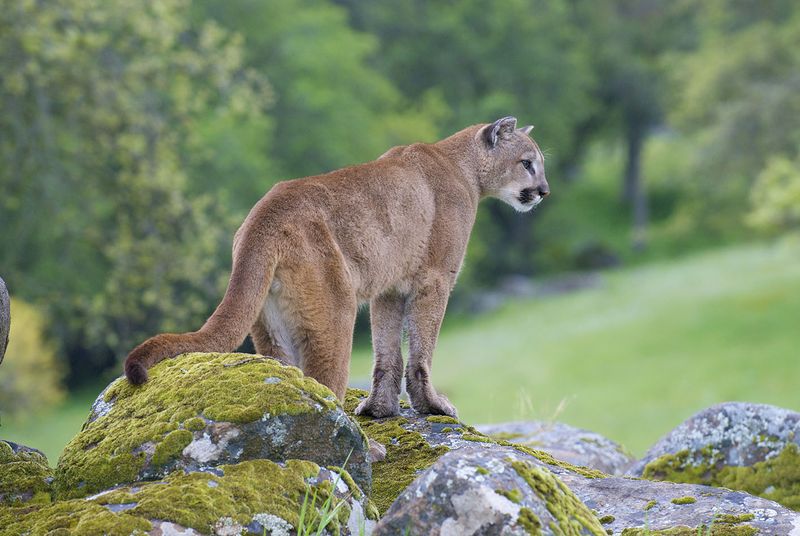
Yosemite National Park in California is a land of towering cliffs and ancient sequoias. The resurgence of mountain lions here adds to its wild allure.
Vast wilderness areas provide the perfect backdrop for these enigmatic creatures. Iconic landmarks like Half Dome and El Capitan accentuate the park’s grandeur.
Founded in 1890, Yosemite is a testament to the beauty of the Sierra Nevada. Its commitment to conservation allows mountain lions to roam freely. Visitors may be lucky enough to witness these predators among the park’s breathtaking landscapes.
Zion National Park
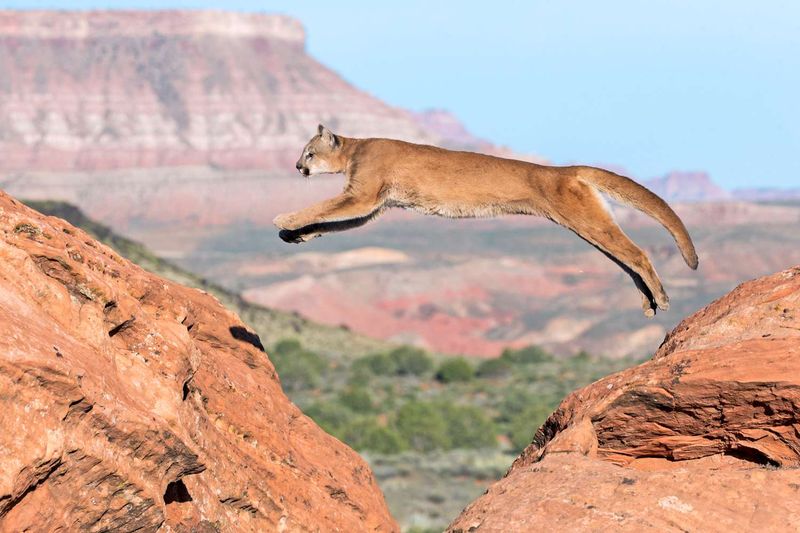
Zion National Park in Utah is a showcase of stunning red rock formations. The reappearance of mountain lions here is a highlight for wildlife enthusiasts.
The park’s canyons and cliffs offer a dramatic setting for these agile hunters. Sun-drenched landscapes and winding trails create a picturesque environment.
Established in 1919, Zion is renowned for its geological wonders. Its diverse terrain supports a vibrant ecosystem where mountain lions can thrive. The park’s conservation efforts ensure a future for these iconic predators.
Olympic National Park
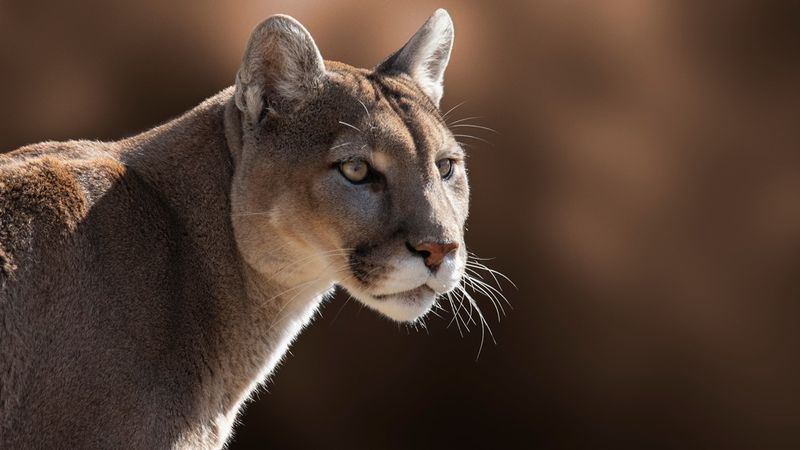
Nestled in Washington state, Olympic National Park is a treasure trove of natural wonders. The reintroduction of mountain lions here is a triumph for conservation.
The park’s temperate rainforests and rugged coastlines offer a unique habitat for these predators. Towering trees and dense vegetation provide ample cover.
Established in 1938, Olympic is celebrated for its biodiversity. It’s a place where mountain lions can thrive, with ecosystems ranging from lush forests to alpine meadows. Visitors may encounter these elusive creatures while exploring the park’s verdant trails.
Rocky Mountain National Park
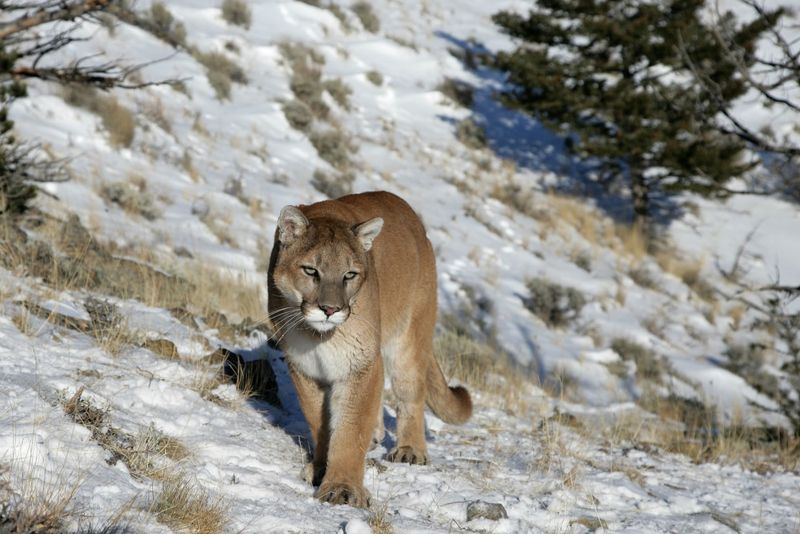
Colorado’s Rocky Mountain National Park is a haven for wildlife. The return of mountain lions signifies a healthy ecosystem.
The park’s alpine tundra and dense forests provide an ideal landscape for these predators. Towering peaks and serene lakes add to its natural splendor.
Established in 1915, Rocky Mountain is a symbol of conservation success. Its diverse habitats support a wide array of species, including mountain lions. The park’s ongoing preservation efforts ensure a thriving environment for these majestic creatures.
Santa Monica Mountains
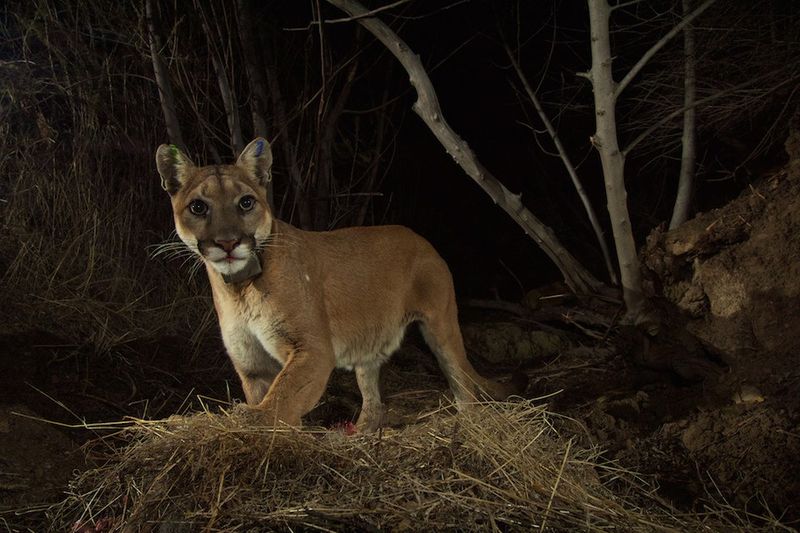
The Santa Monica Mountains in California are a surprising refuge for mountain lions. Despite urban encroachment, these big cats are making a remarkable comeback.
The region’s chaparral-covered hills provide a unique habitat for these predators. Panoramic views of the Pacific Ocean offer a stunning contrast to the rugged terrain.
Did you know? The Santa Monica Mountains are one of the only places in the world where mountain lions live so close to a major metropolis. Conservation efforts are crucial in preserving this delicate balance, allowing mountain lions to thrive.

